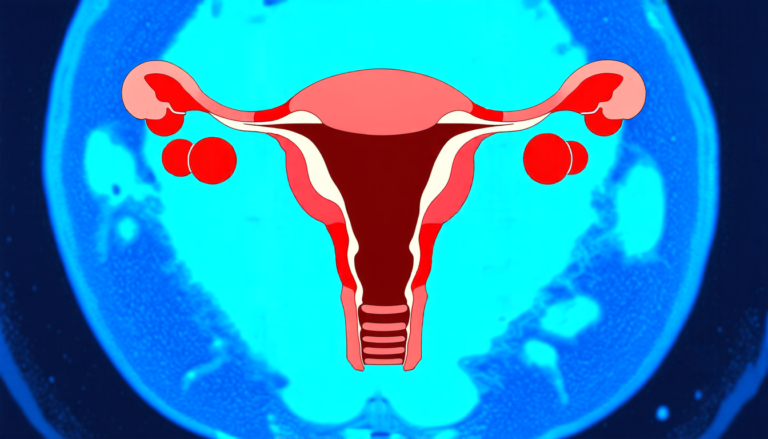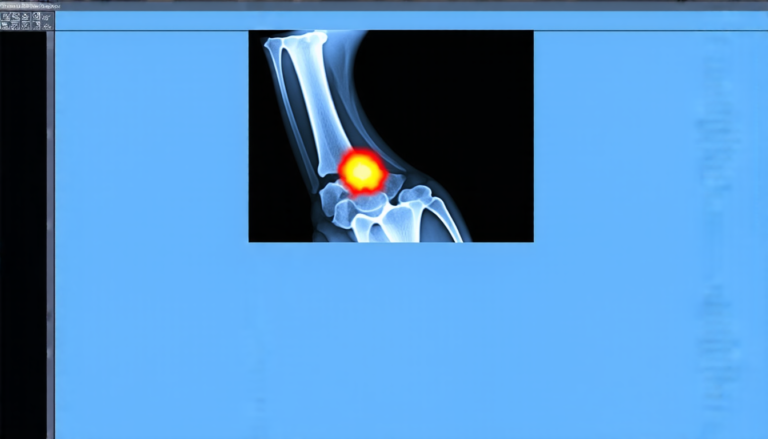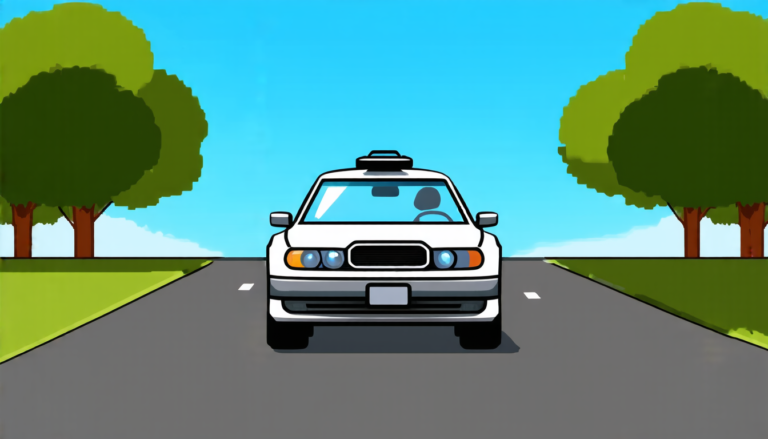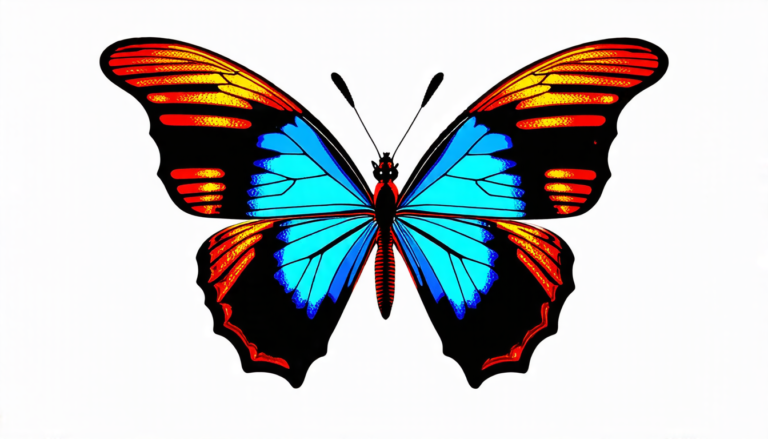Saturday 13 September 2025
The quest for photorealistic images has been a longstanding challenge in the field of artificial intelligence. Researchers have made significant strides in recent years, but one major obstacle remains: generating spatially consistent images that accurately reflect the underlying scene.
Traditionally, image generation models rely solely on pixel-level supervision and lack structured scene understanding. This limitation leads to distorted object geometry and implausible scene layouts, making the generated images look unnatural and unrealistic.
A new approach seeks to address this issue by incorporating intrinsic scene properties into the generation process. Intrinsic scene properties refer to rich information about the underlying scene, such as depth maps, surface normals, line drawings, and segmentation maps. By leveraging these properties, the model can implicitly capture the scene’s structure and generate more realistic images.
The researchers developed a method that co-generates both images and intrinsic properties. This is achieved by training a diffusion model to denoise both the image and intrinsic domains simultaneously. The model is designed to share mutual information between the two domains, ensuring that the generated image accurately reflects the underlying scene.
To evaluate their approach, the team used several datasets, including the InterHand2.6M dataset, which contains 2.6 million frames of single and interacting hands. They also conducted experiments using Parti prompts, Multi prompts, and SDXL prompts to test the model’s ability to generate diverse and realistic images.
The results are impressive. The generated images exhibit a high degree of spatial consistency, with accurate representation of object shapes, textures, and boundaries. In contrast, baseline methods often produce distorted or implausible scene layouts.
Moreover, the researchers found that incorporating intrinsic properties into the generation process improves the quality of the generated images. When ablated from the training data, the model’s performance degrades significantly, indicating the importance of these properties in generating realistic images.
The potential applications of this technology are vast. For instance, it could be used to generate photorealistic images for virtual reality, video games, or even film and television production. The ability to accurately capture complex scenes and objects could also revolutionize fields such as architecture, engineering, and product design.
However, there is still room for improvement. The researchers acknowledge that increasing the variety of intrinsic properties and using training data with more complex structures will enhance the effectiveness of their approach. Additionally, further investigation into the advantages of incorporating intrinsic properties in various downstream tasks could lead to new breakthroughs.
Cite this article: “Generating Realistic Images through Intrinsic Scene Properties”, The Science Archive, 2025.
Artificial Intelligence, Image Generation, Photorealism, Spatial Consistency, Intrinsic Scene Properties, Depth Maps, Surface Normals, Line Drawings, Segmentation Maps, Diffusion Models.







